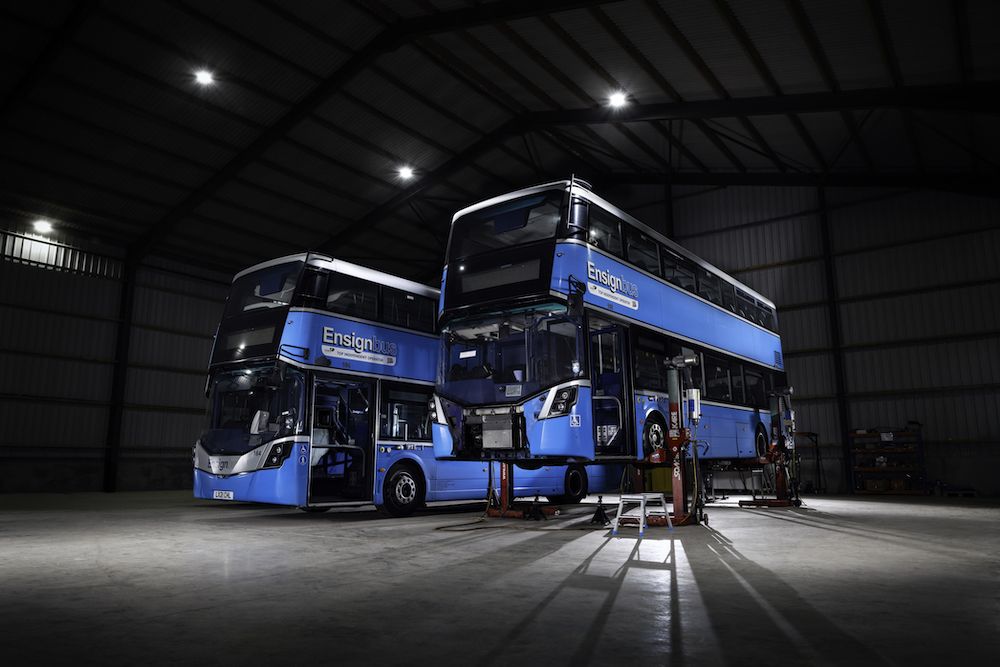Stellantis has invested a total of €33 million in two of its global testing facilities to support the company’s long-term strategy to achieve best-in-class electric vehicle (EV) performance.
The company also wants to master the highest level of autonomous driving technology while ensuring safe and reliable technology for its customers.
According to the company, these investments – among other R&D Capex, expand Stellantis’ global capability to engineer the future of mobility, accelerate its transformation into a sustainable mobility tech company and propel it towards reaching 50% reduction in carbon emissions from 2021 levels by 2030 and carbon net zero emissions by 2038.
Recent enhancements include:
- Orbassano Safety Centre, near Turin, Italy, is fully integrated with digital engineering processes and significantly upgraded to host four test tracks with four impact points and capabilities for full testing of battery-electric vehicles (BEVs) and automated driving technology for passenger cars, trucks, and light commercial vehicles.
- Wind Tunnel in Auburn Hills, Michigan, US, being scaled up with the addition of moving ground plane technology, simulating on-road travel and providing more accurate aerodynamics measurement of vehicles. Reducing wind drag benefits the driving range of BEVs.
Harald Wester, Stellantis Chief Engineering Officer, said: “Our world-class tech hubs across the globe are doing the work today that will make tomorrow’s Stellantis vehicles industry leaders in capability, performance and safety. Our engineering community is fuelled by talent, diversity and global reach, and we are intensely working with the other global functions, as our Monozokuri peers, to energise the core of our technological transformation. It gives us a comprehensive view of the challenges and enables us to consider and refine a full menu of mobility solutions that will put us in the front row of the race to innovate and improve.”
Key goals of the Stellantis Dare Forward 2030 strategic plan include reaching 100% of passenger car BEV sales mix in Europe and 50% passenger car and light-duty truck BEV sales mix in the United States by 2030.
The €5 million in upgrades for the Orbassano Safety Centre give it the capability to test all types of electrified vehicles – mild hybrid, plug-in hybrid and battery electric vehicles. The facility currently runs at least two crash tests a day and is on track to test more than 275 electrified vehicles this year. Vehicles tested at Orbassano can be certified to meet more than 175 international safety and technological standards.
Aerodynamic efficiency is a crucial difference-maker in the drive to optimise the distances electrified vehicles can travel on a single charge. That requires simulating the real driving world as accurately as possible.
At the Stellantis wind tunnel complex in Auburn Hills, Michigan, construction is in progress to install moving ground plane technology (rolling road), which simulates on-road travel while allowing test vehicles to remain static. Stellantis is investing $29.5 million in the project.
Belts enable wheel movement at all four corners of the vehicle while a fifth belt runs beneath the vehicle as if it were rolling over a roadway. Moving ground plane technology also enables measurement of ventilation drag, which is the resistance associated exclusively with wheels and tyres in motion. It accounts for up to 10 percent of total, real-world aerodynamic drag.
The existing aerodynamic test facility in Auburn Hills generates wind speeds up to 140 mph. The moving ground plane installation, part of an estimated $85 million commitment included in the Company’s 2019 contract with the United Auto Workers, is scheduled to become operational in 2024.
Image courtesy of Stellantis.














